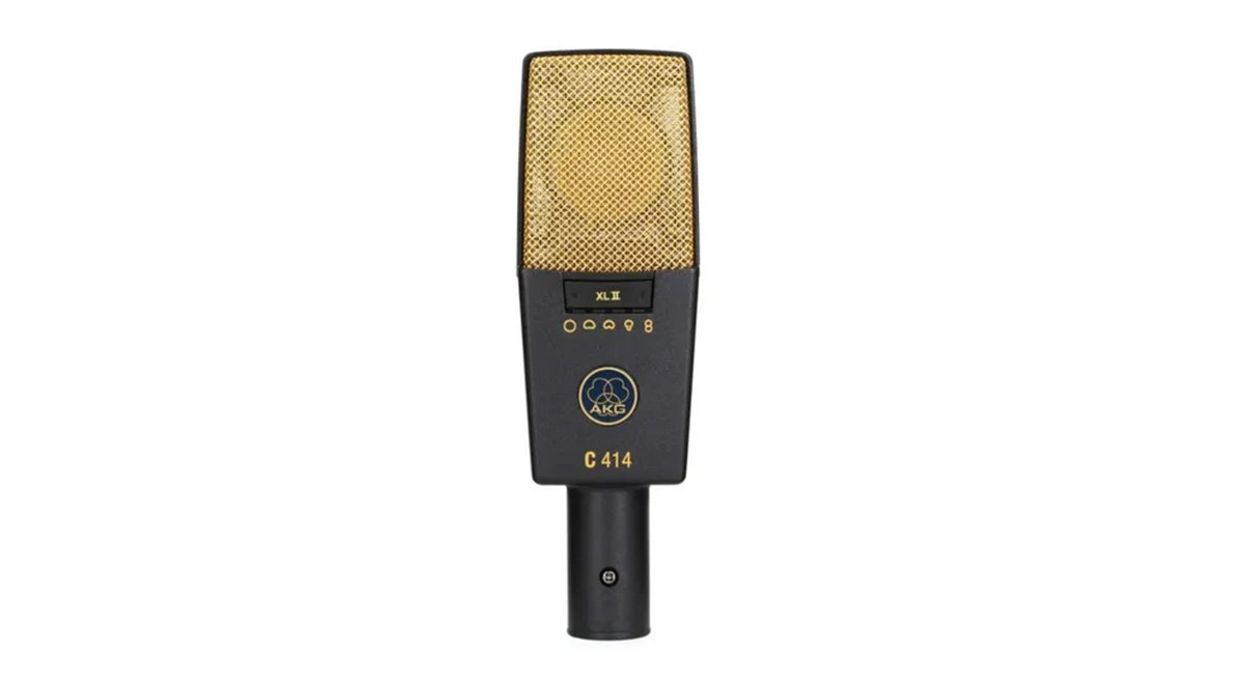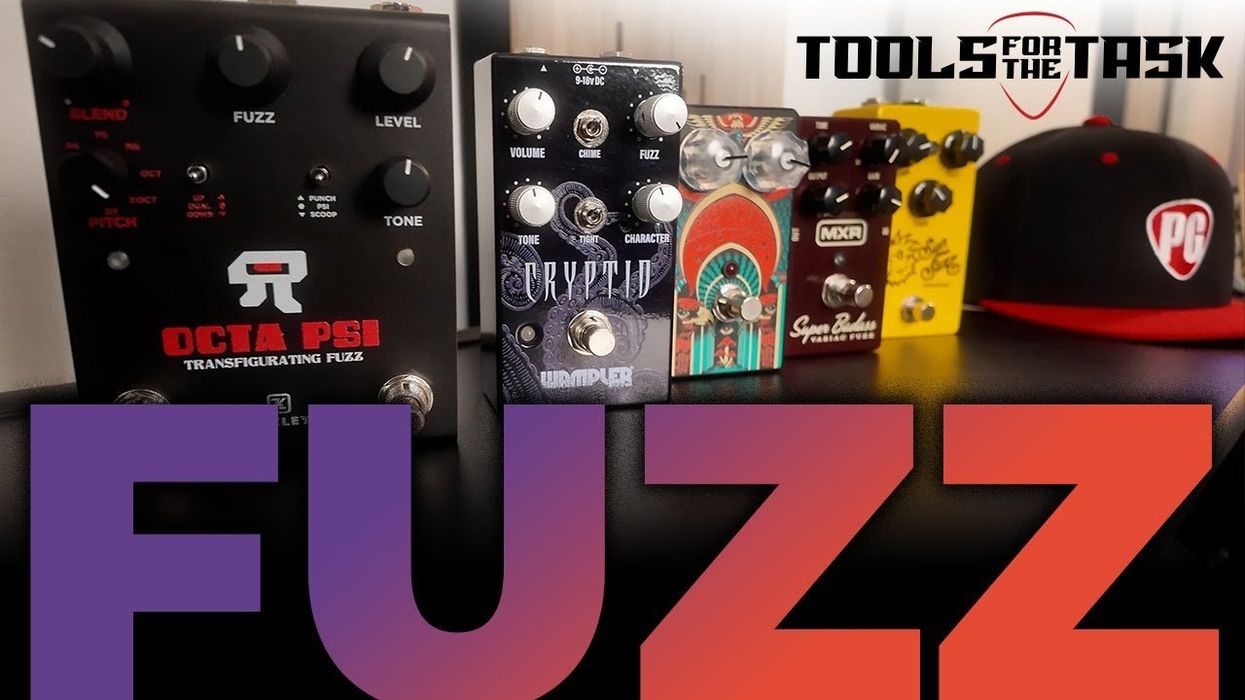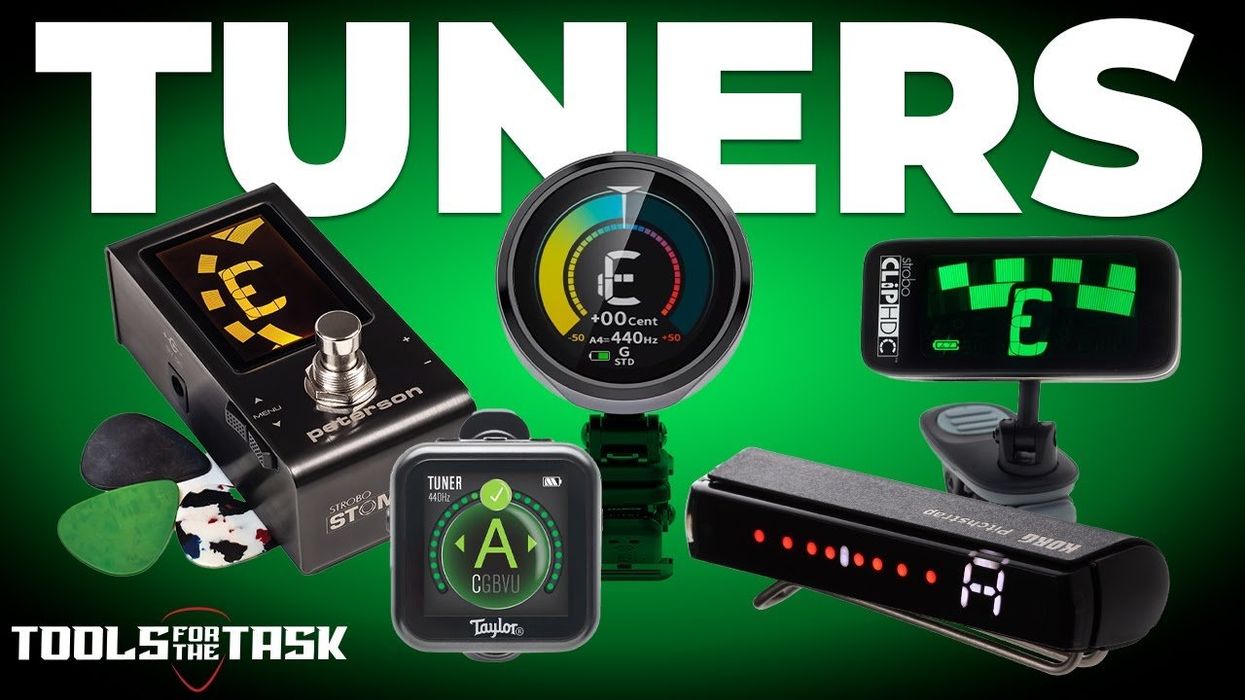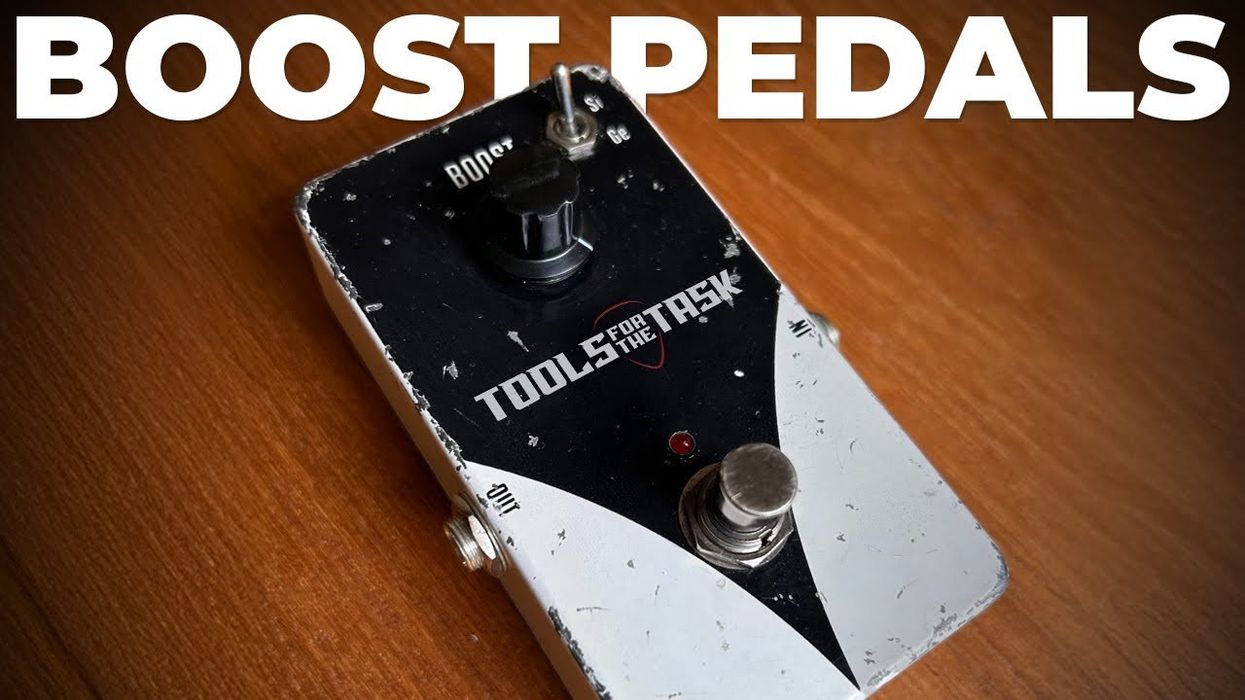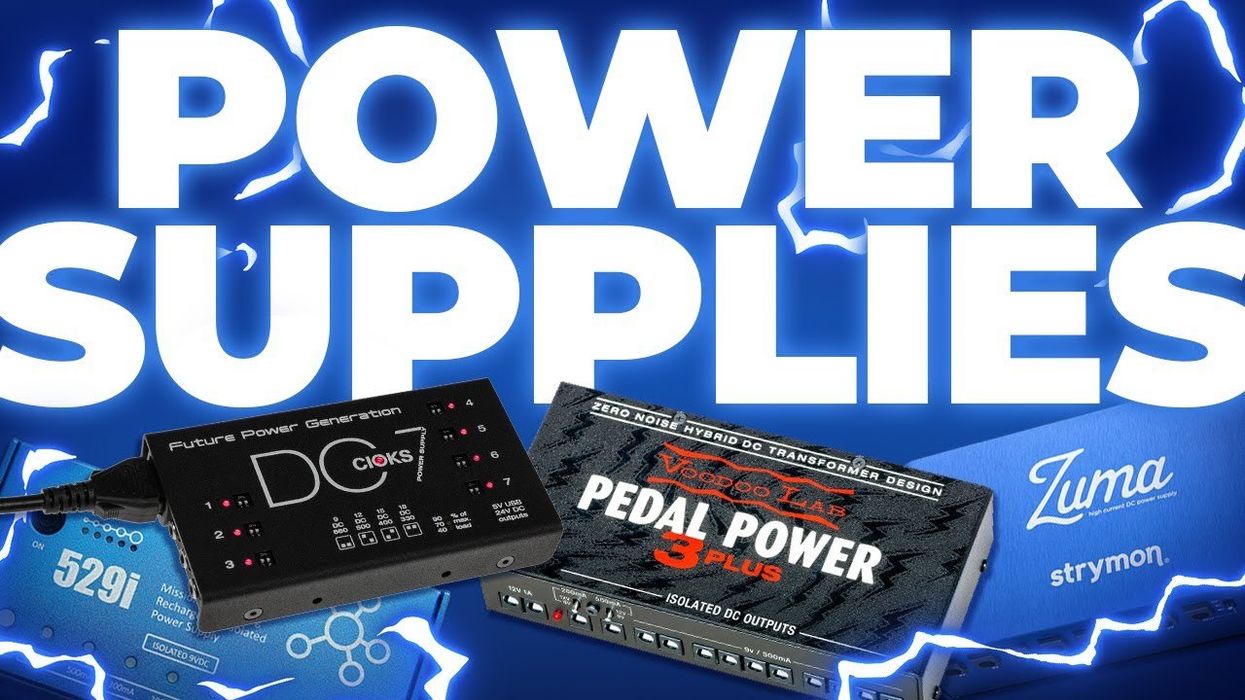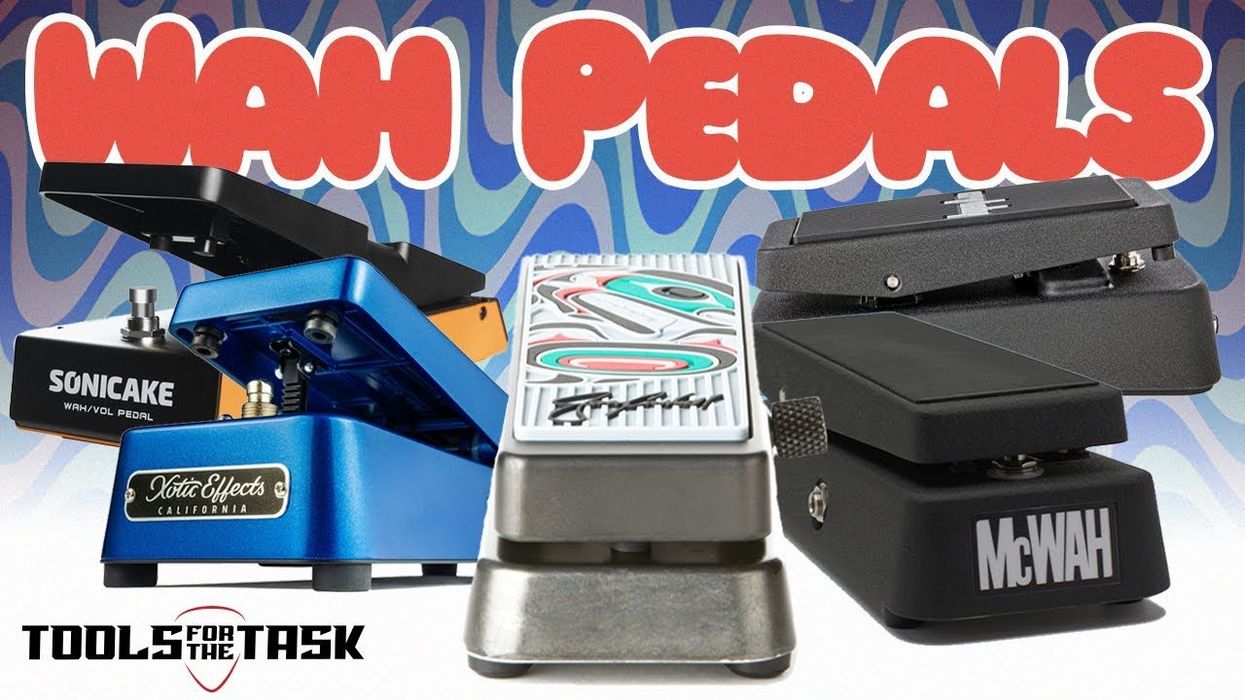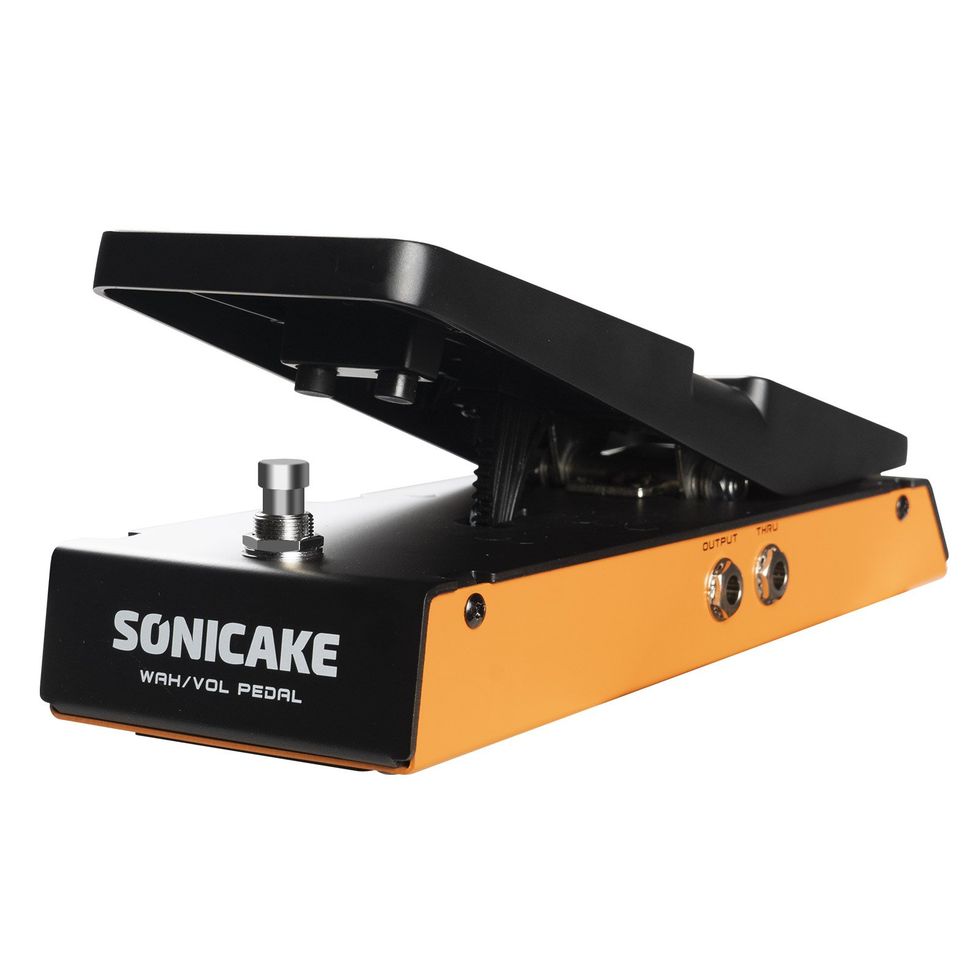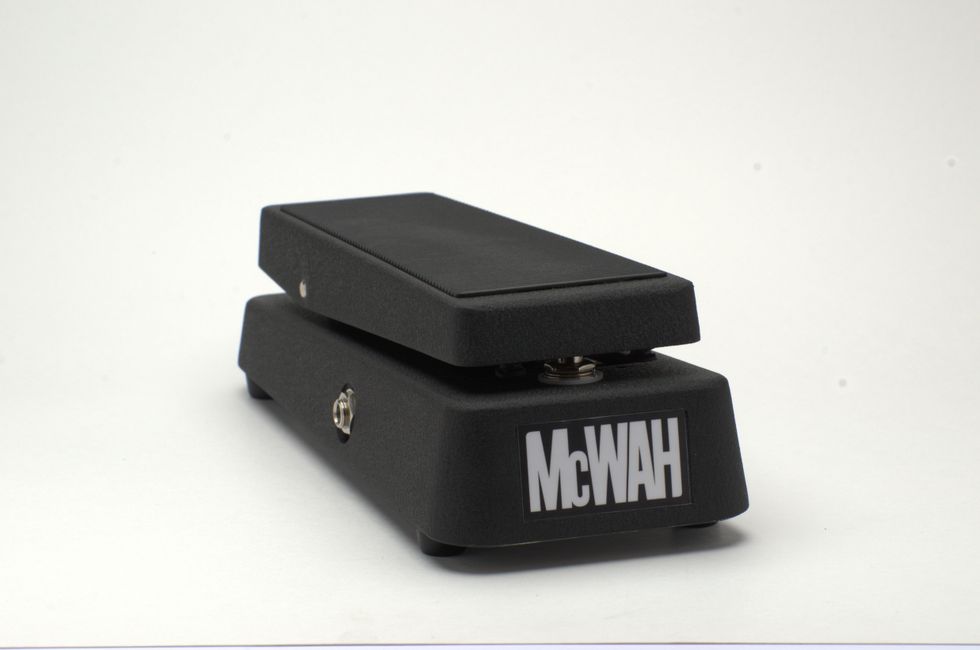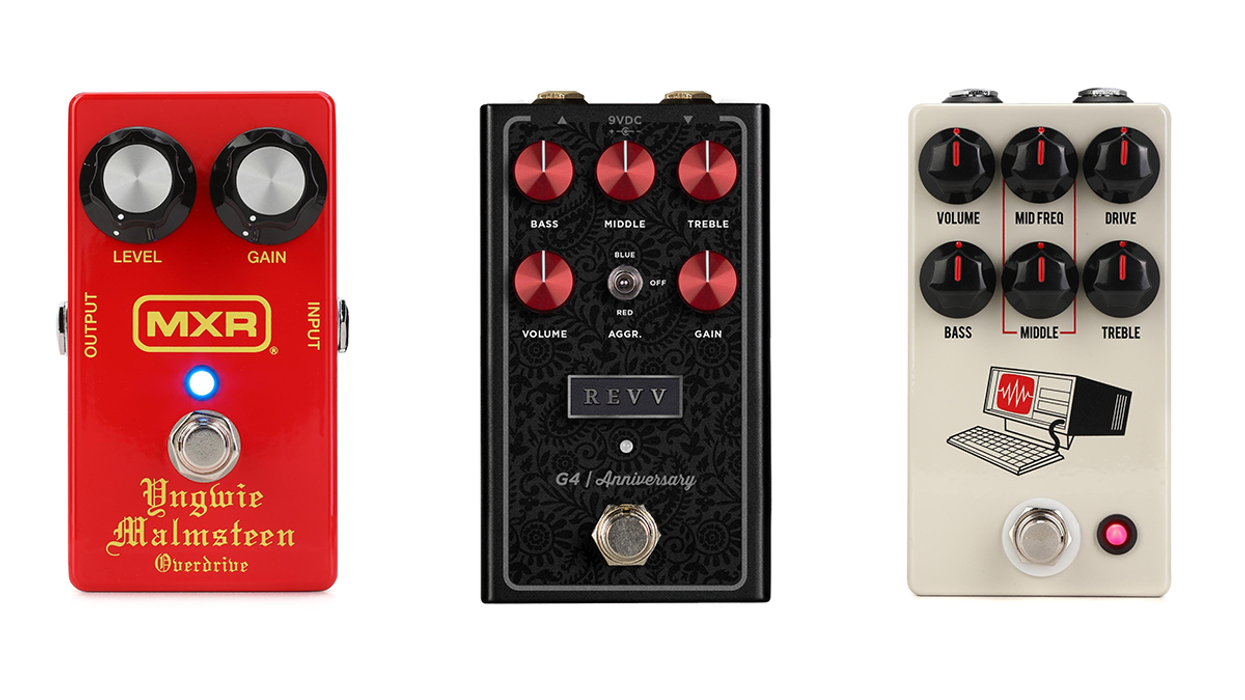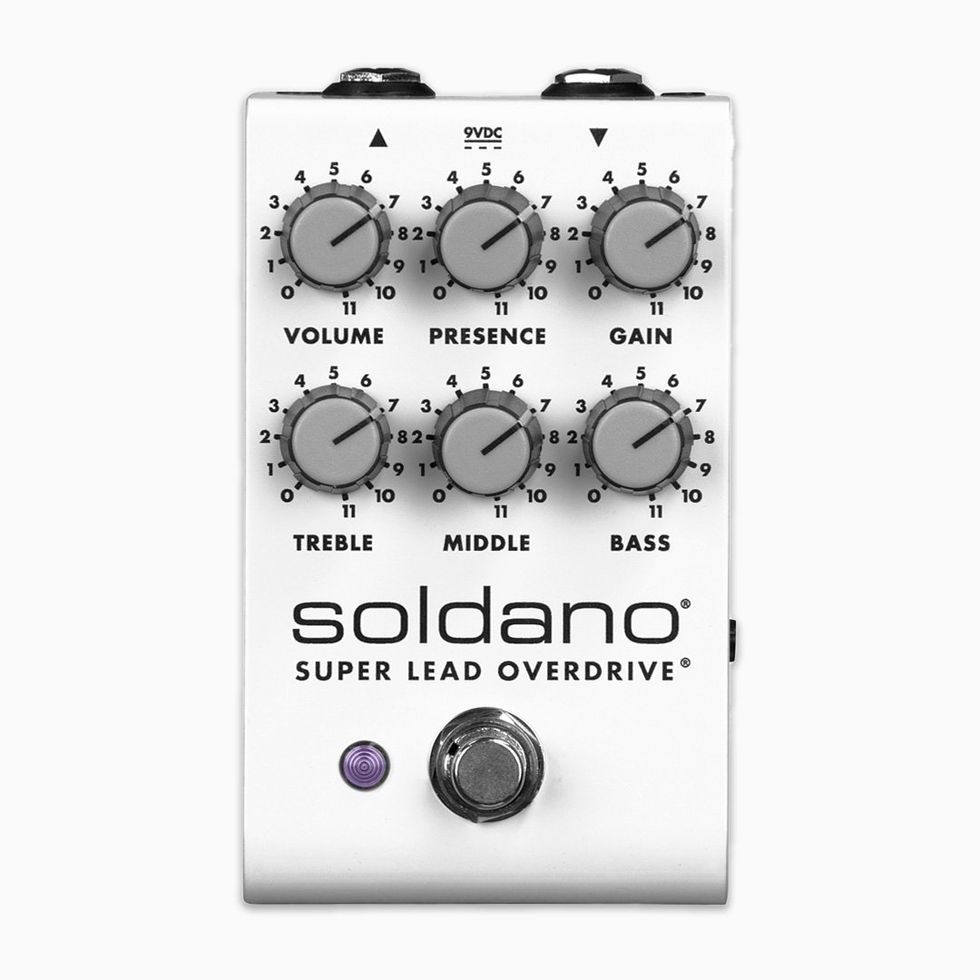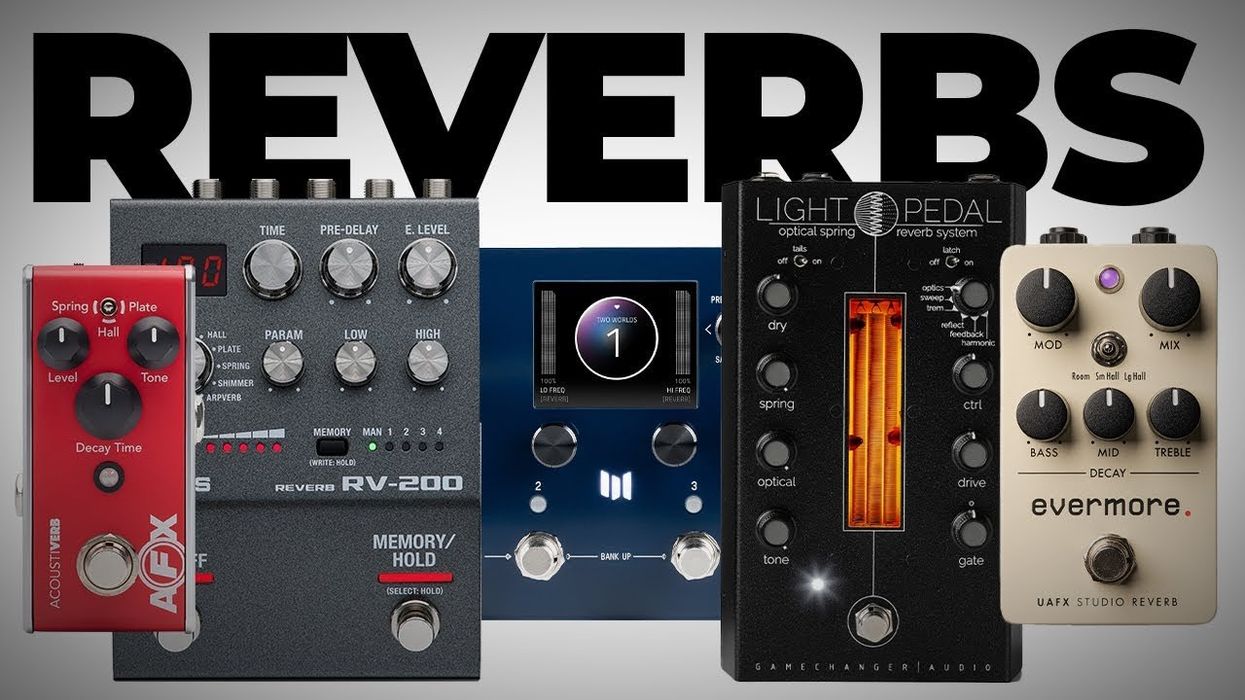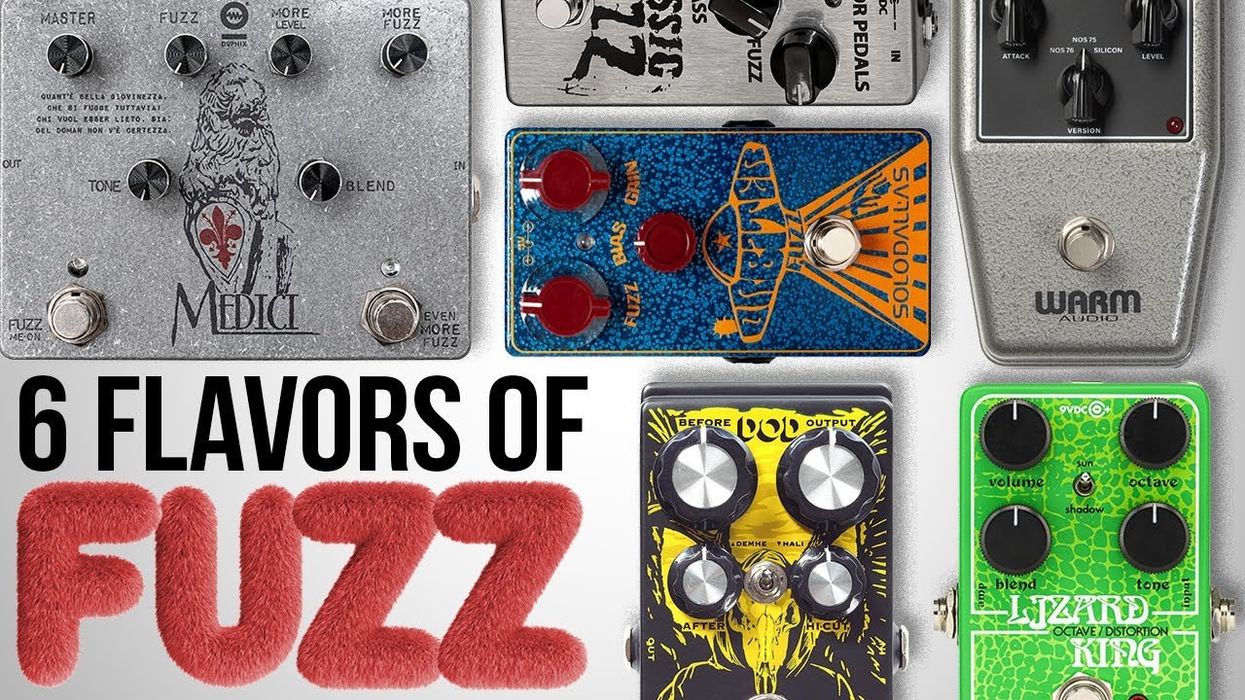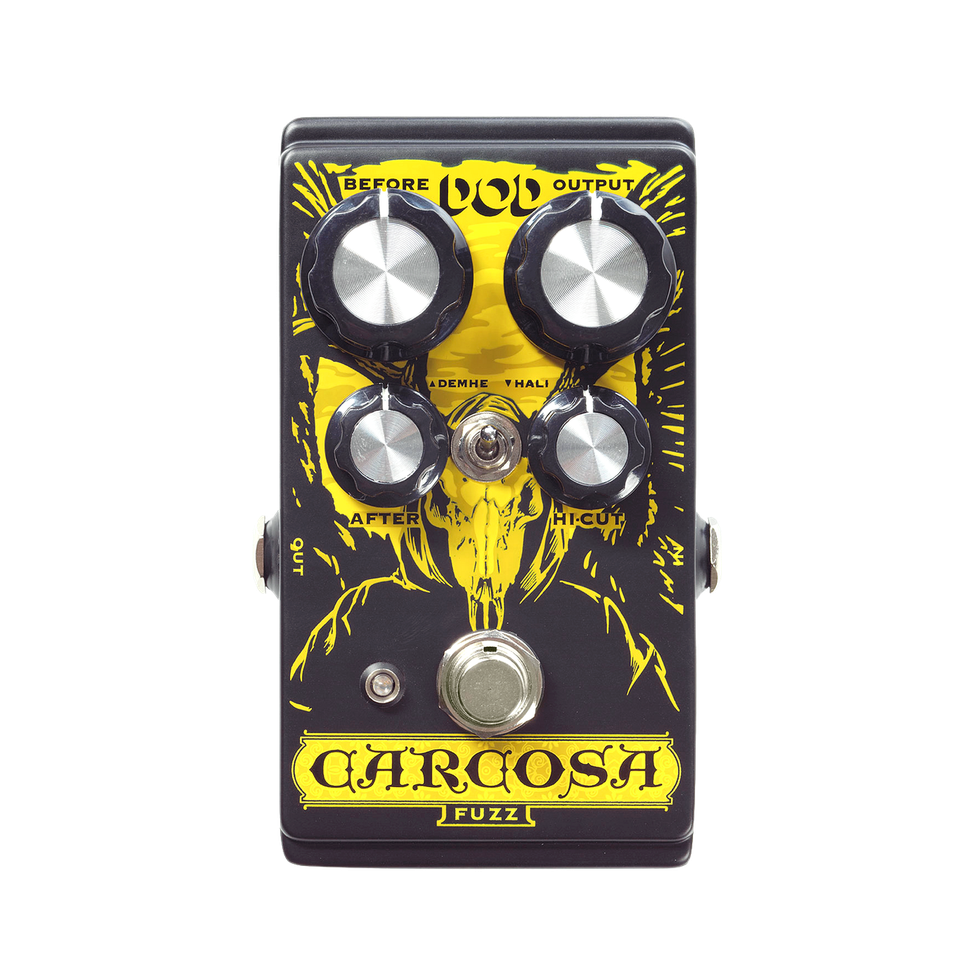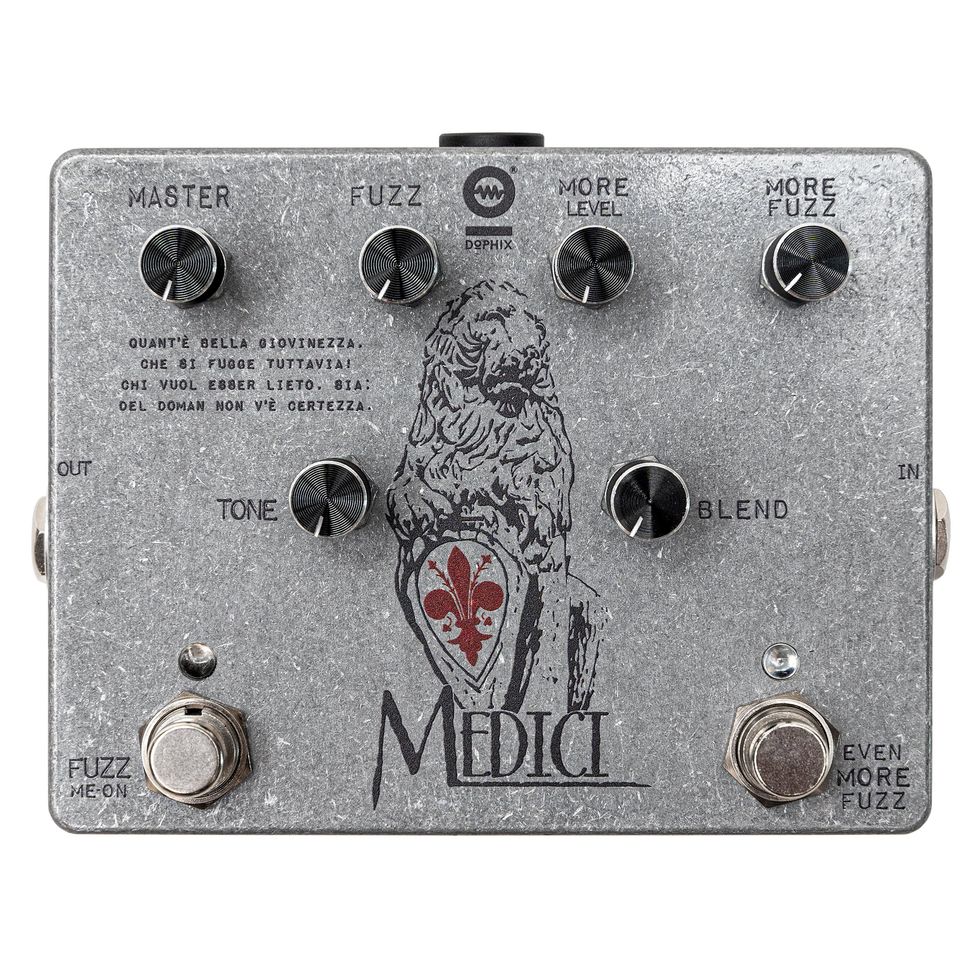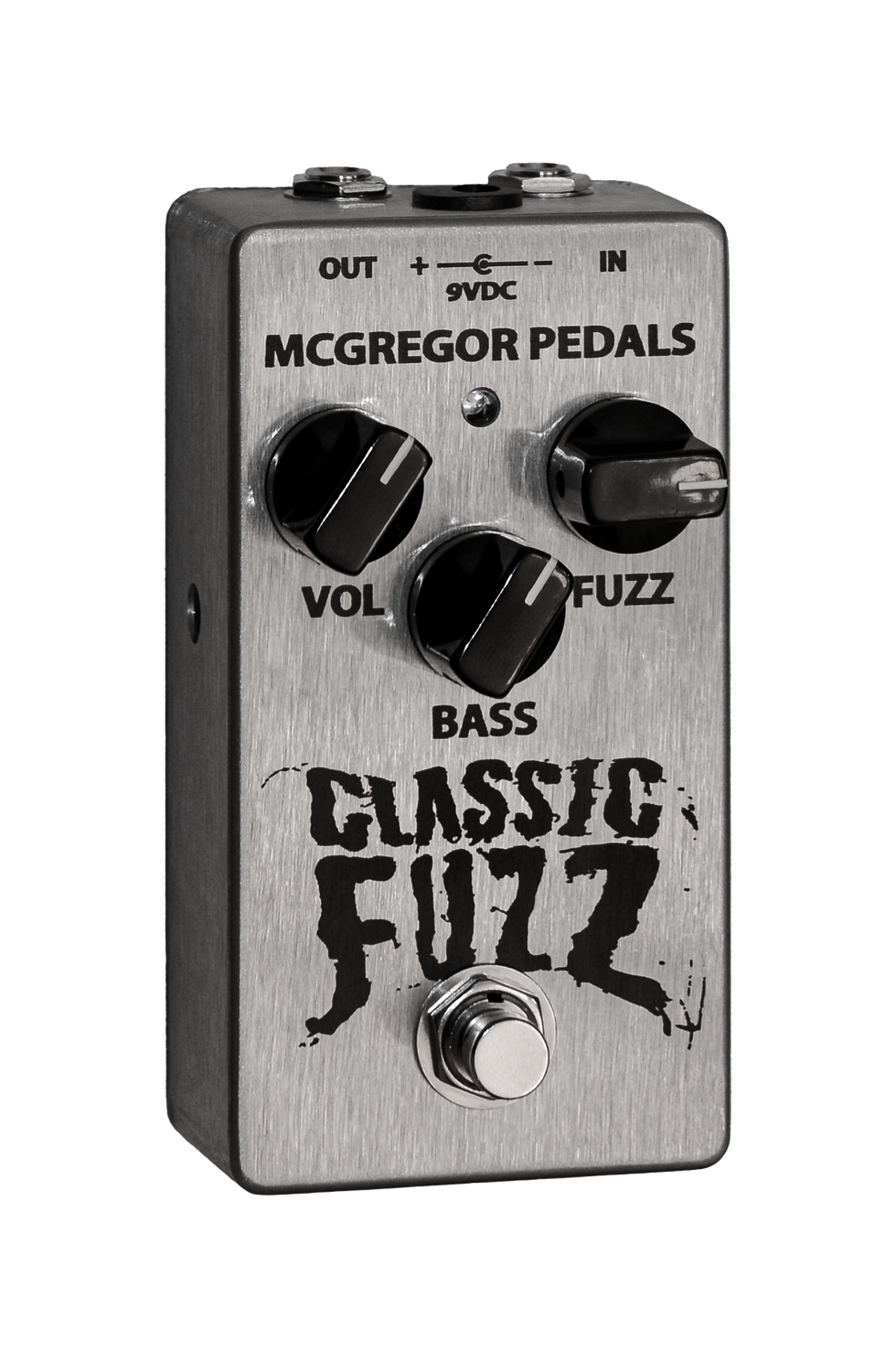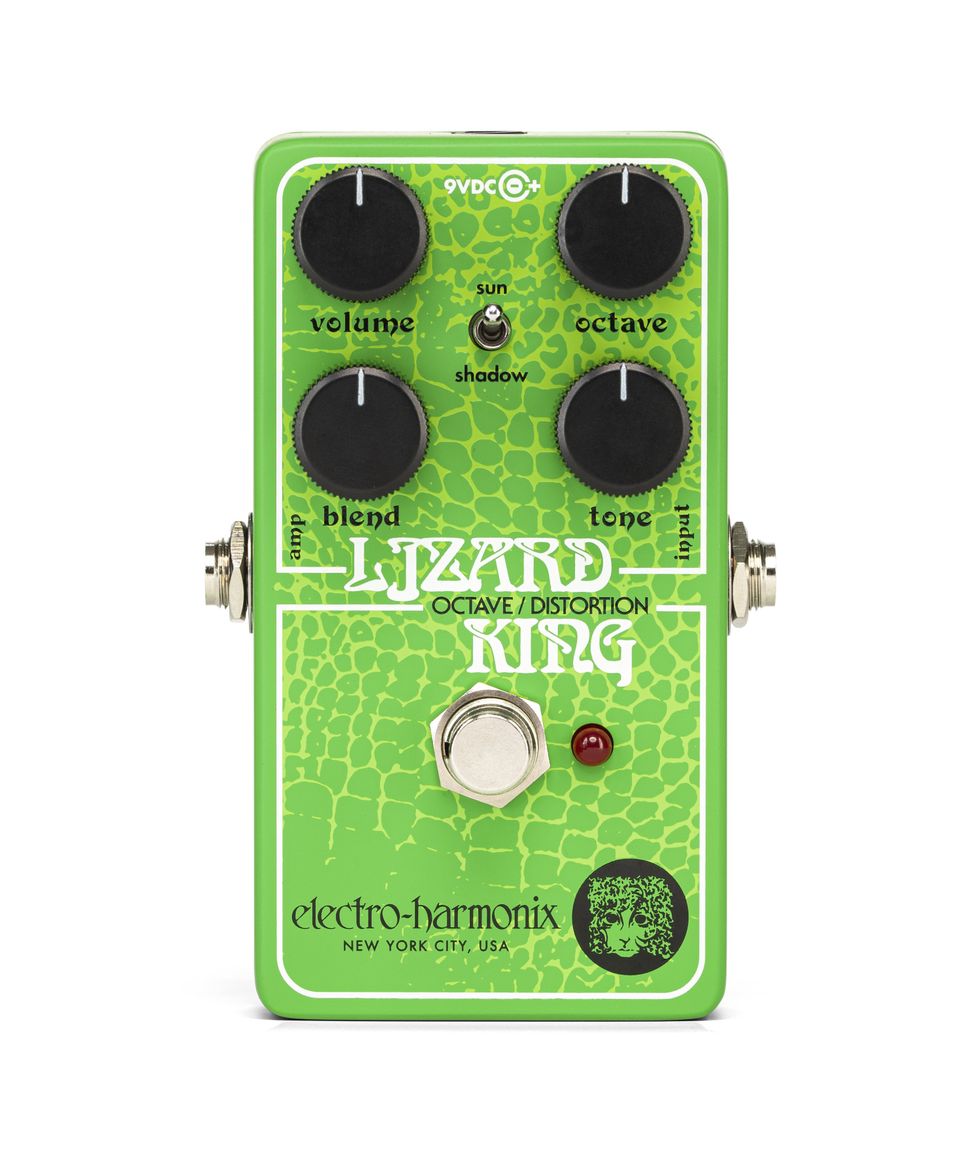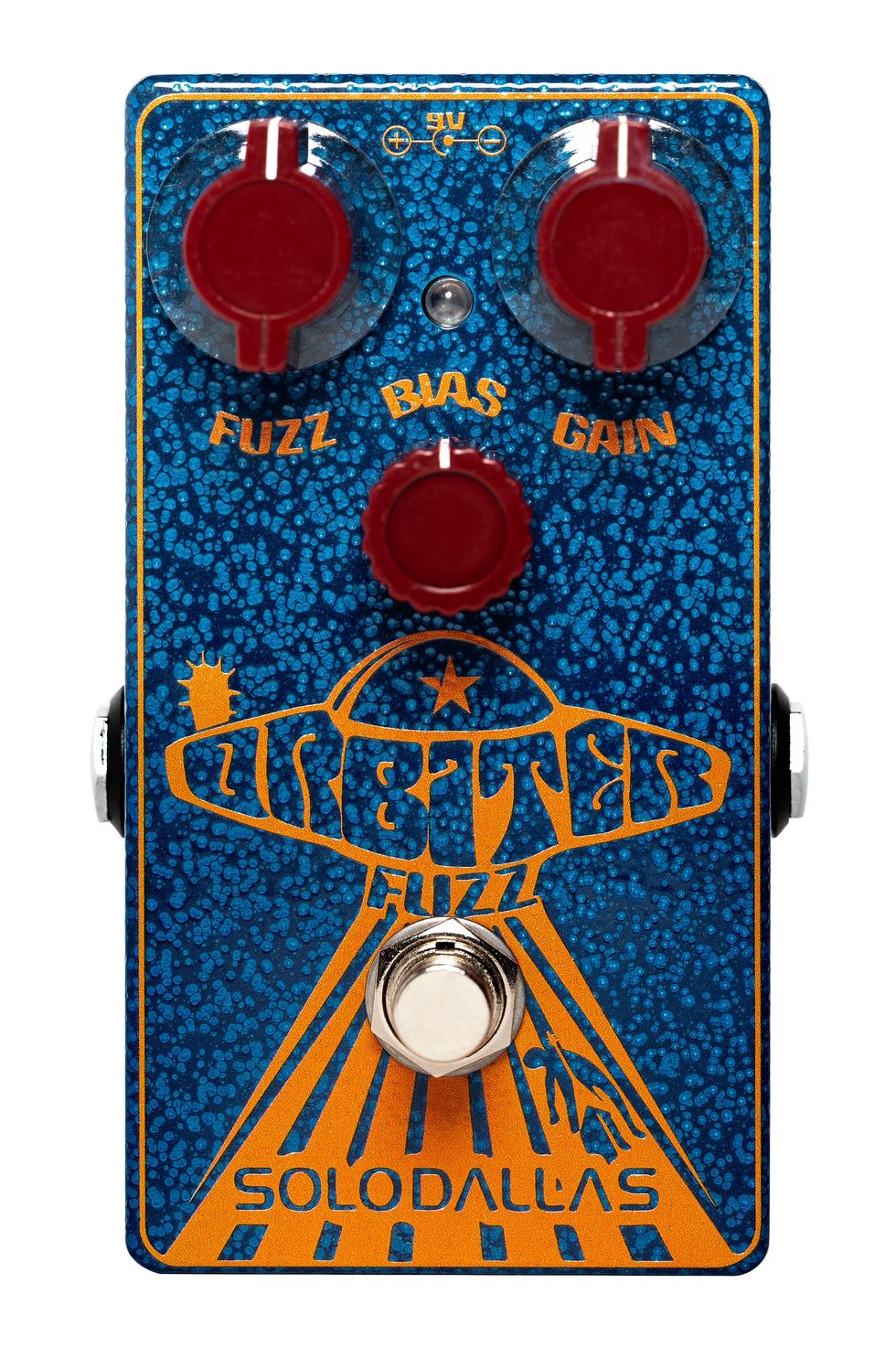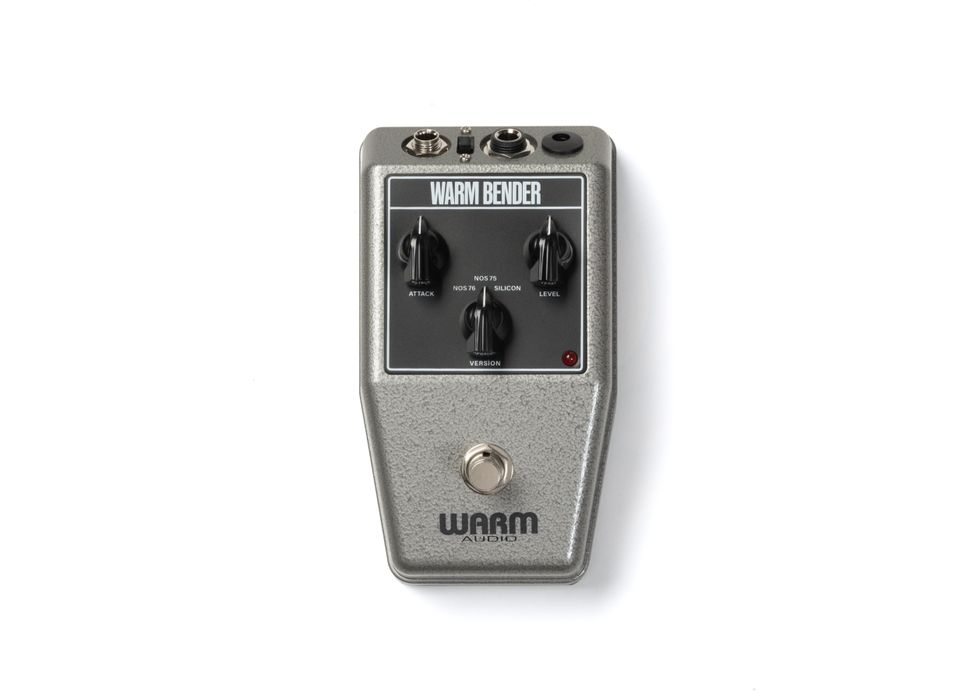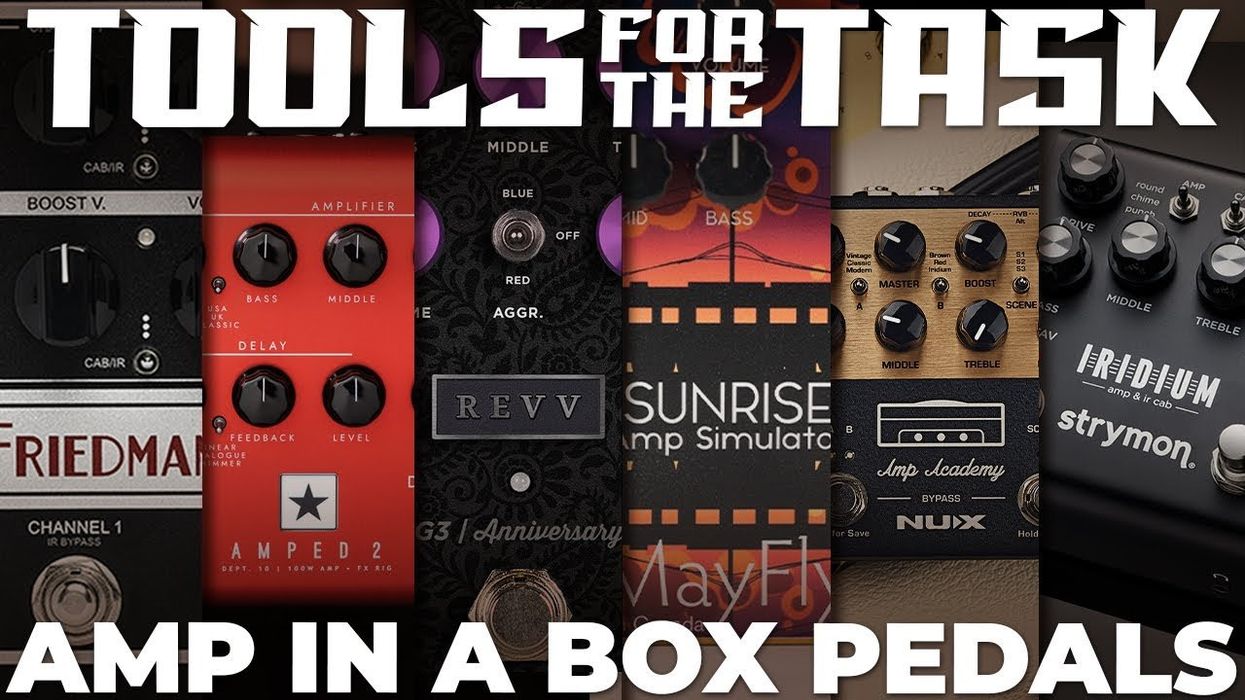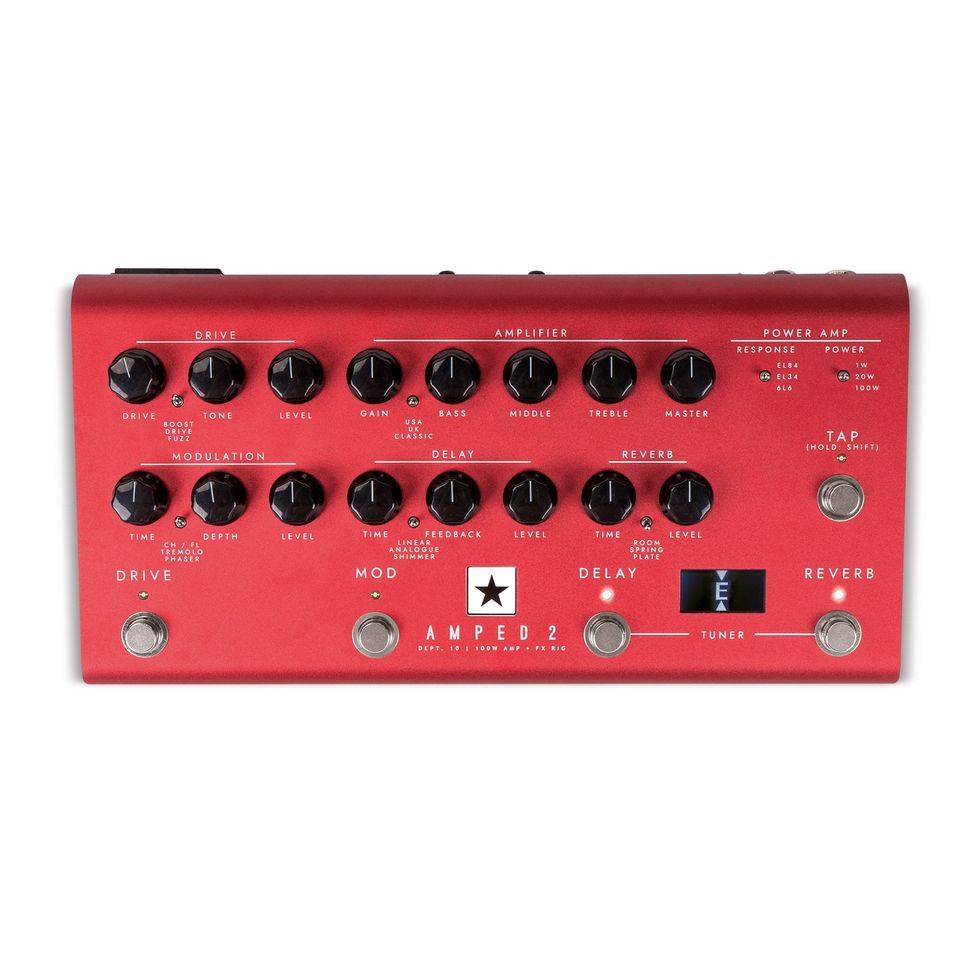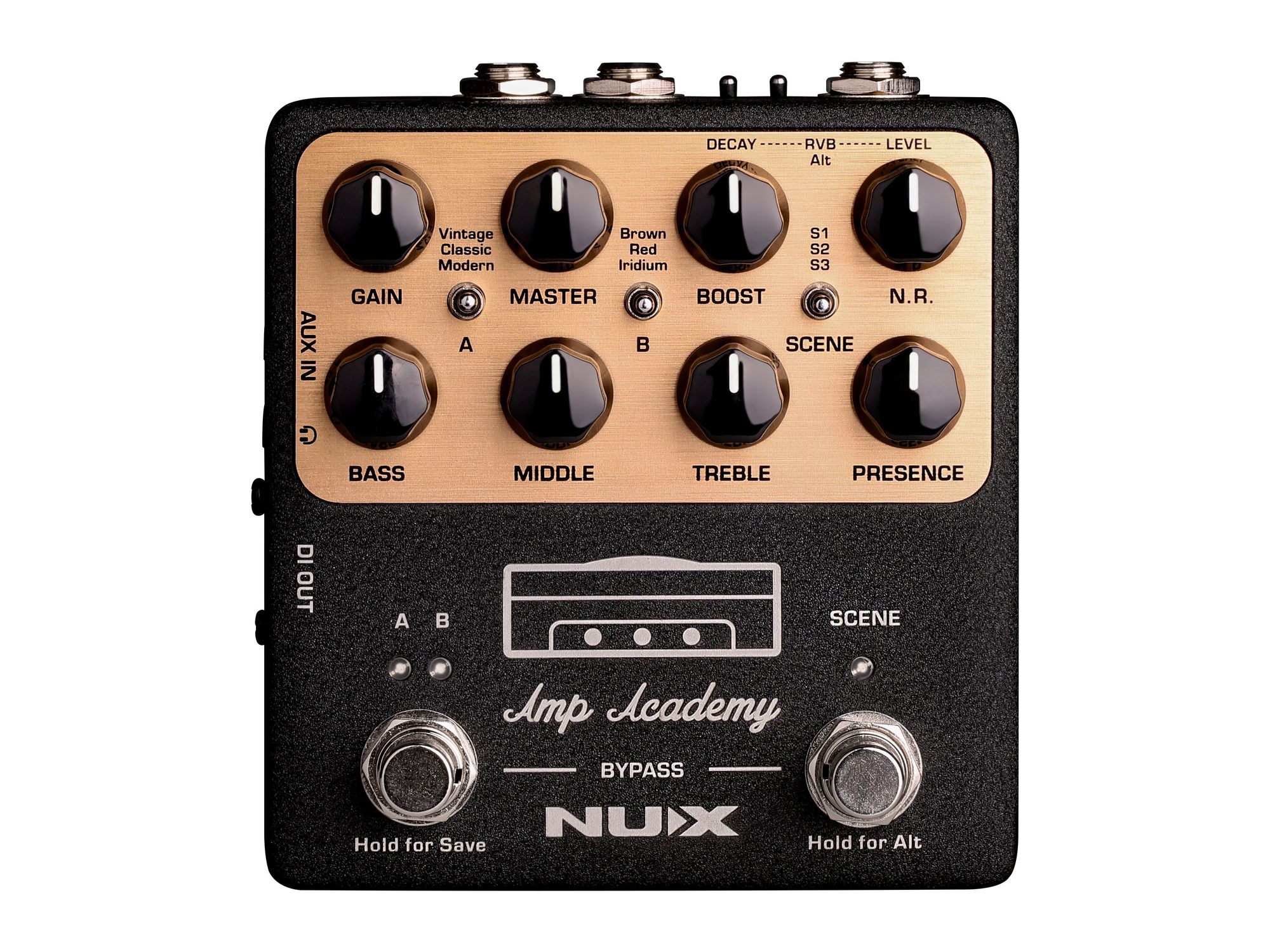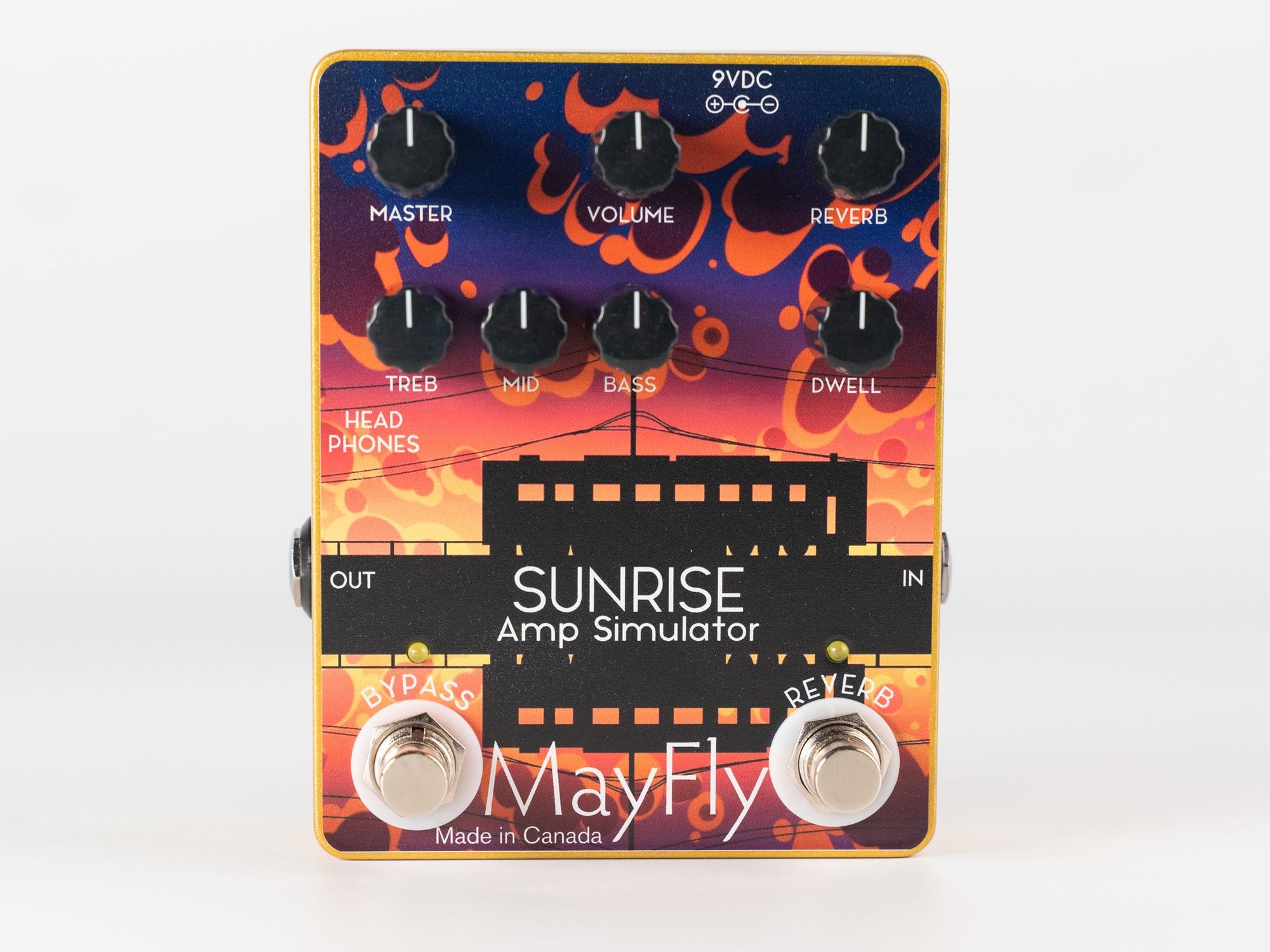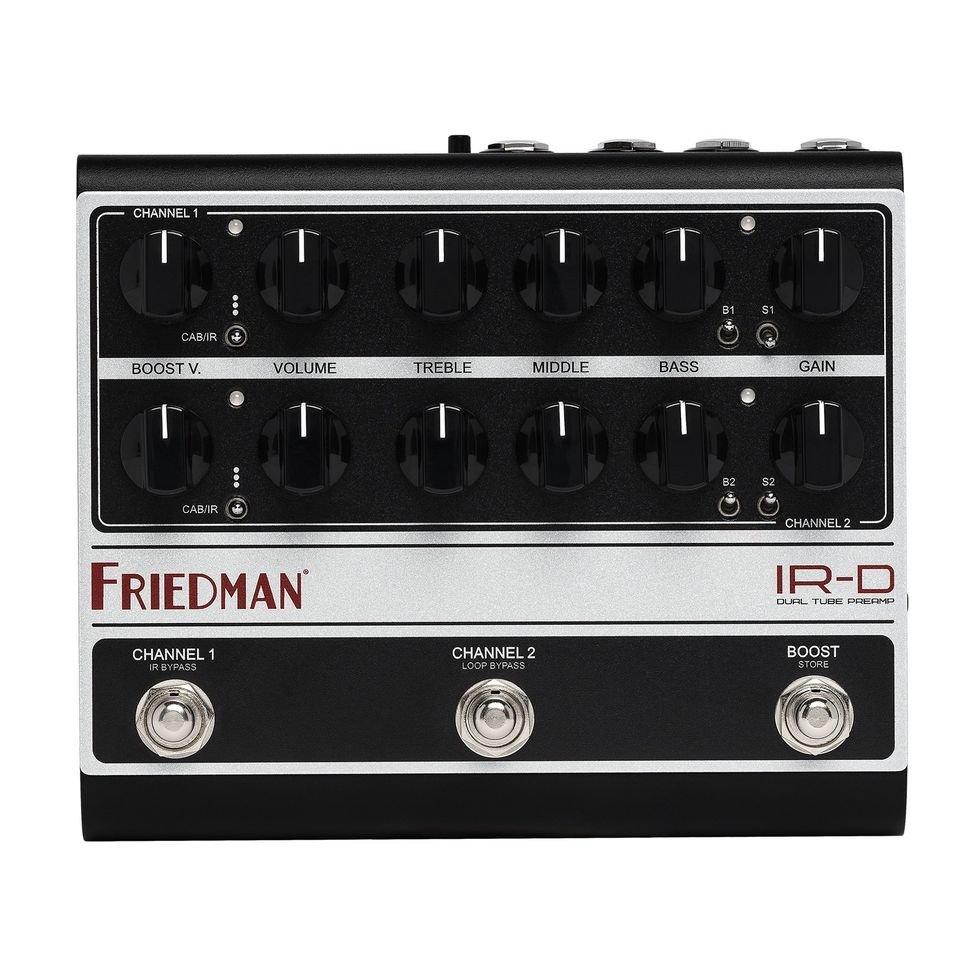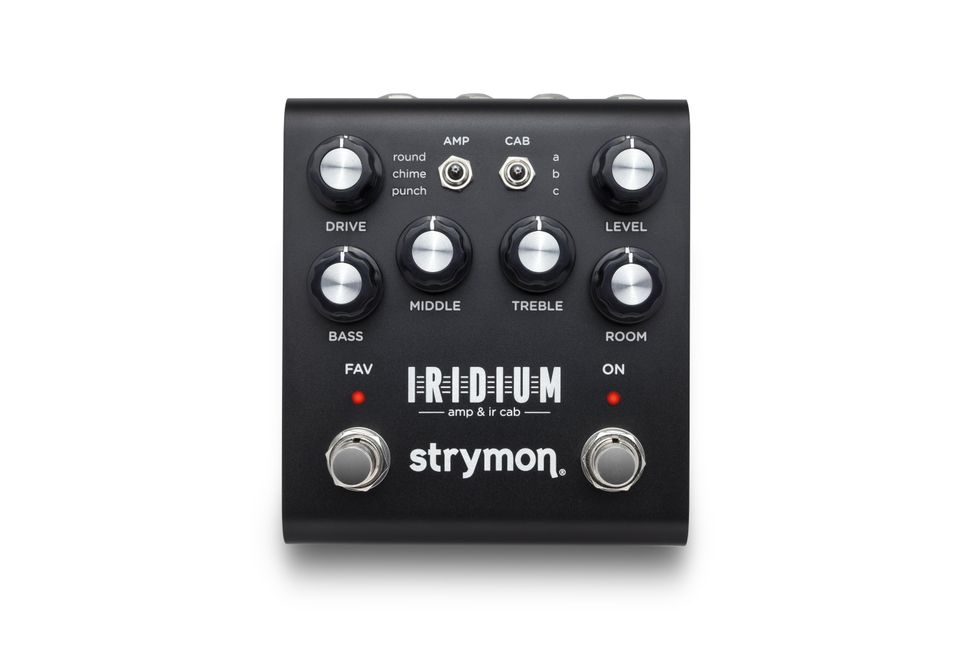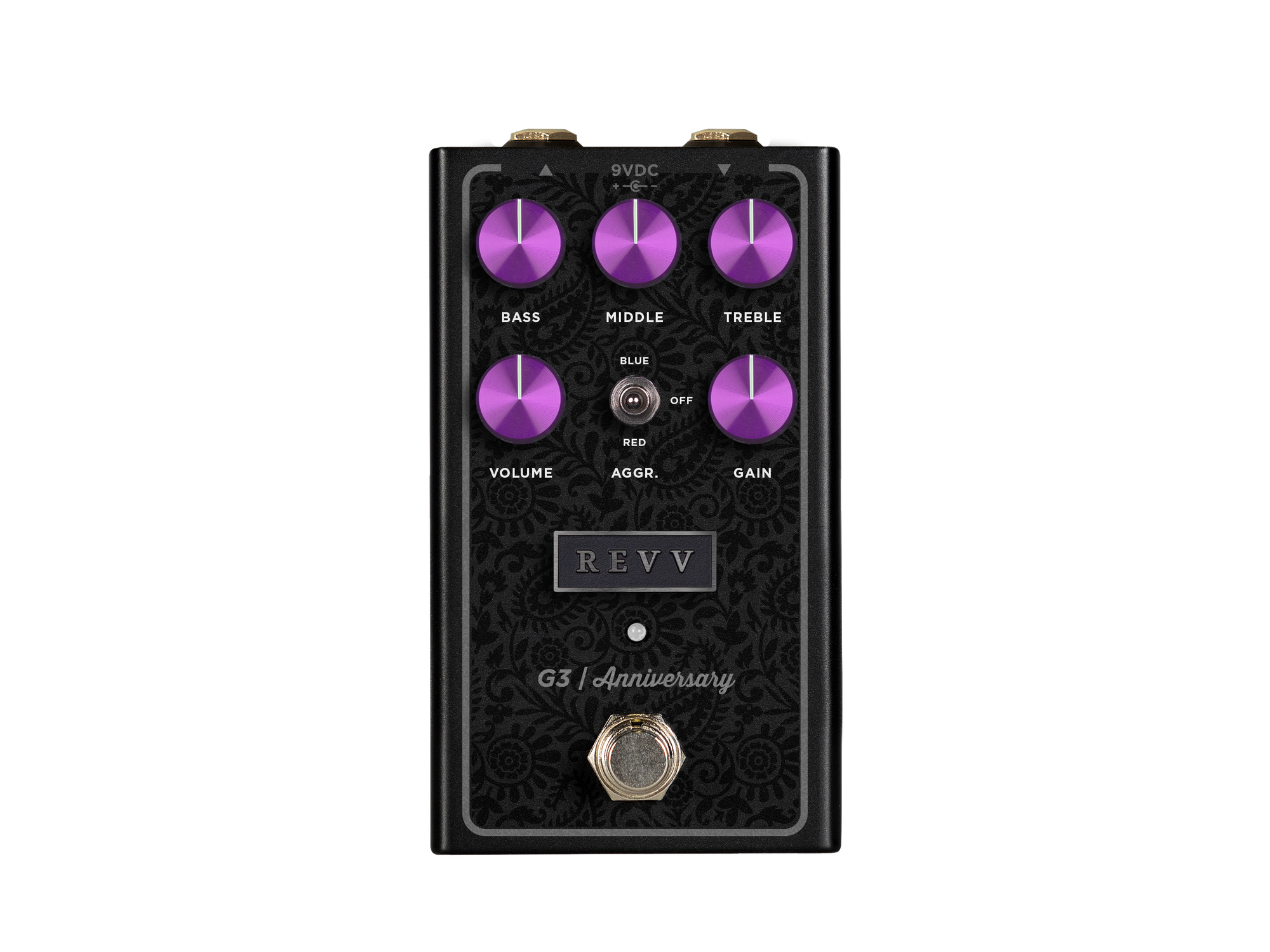There are a million places where you can find the first handful of mics you need when you start to record. But what about when you have the basics down and need to get to the next level? I’ve gathered info about eight different mics that might hit your wallet a bit harder, but the results will be well worth it.
Shure KSM137
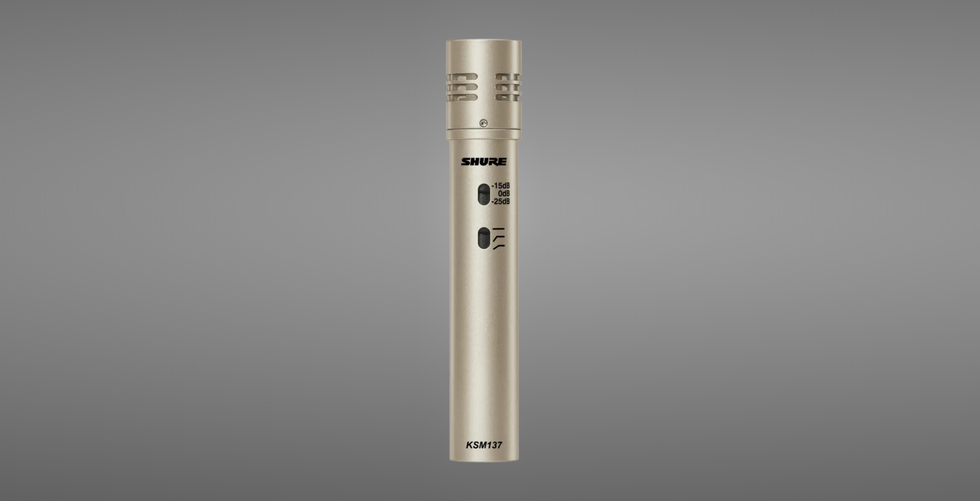
A matched pair of these ubiquitous condenser mics works wonders on piano, acoustic guitars, and even drum sets. The KSM137s sport a gold-layered Mylar diaphragm, subsonic filter, and a 3-position pad.
$699/pair
shure.com
Sennheiser MD 441-U
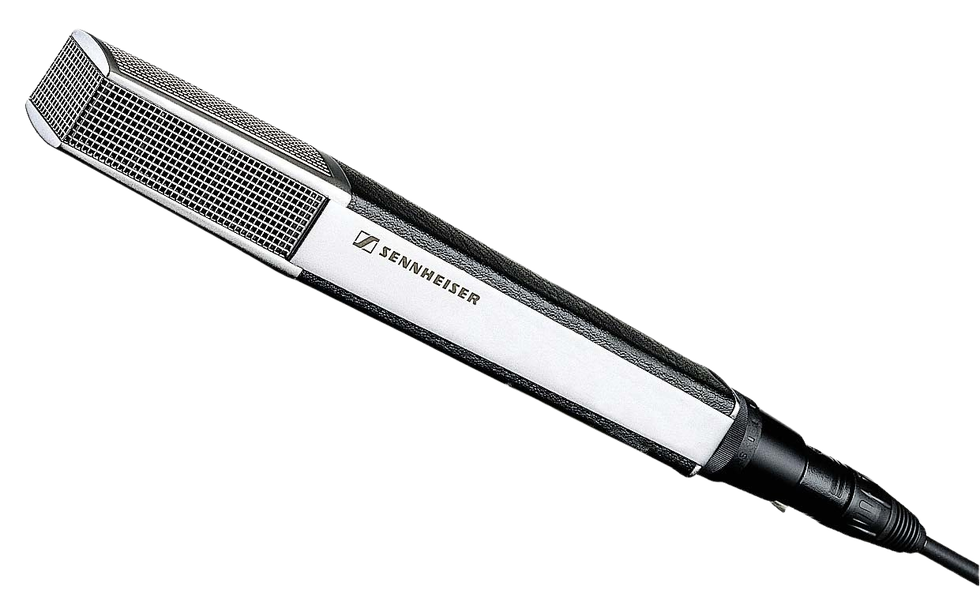
This dynamic mic is perfect for when you need pinpoint precision. It includes a treble boost, 5-position low-frequency contour switch, and a hum-compensating coil.
$1,099 street
sennheiser.com
AKG C414 XLII
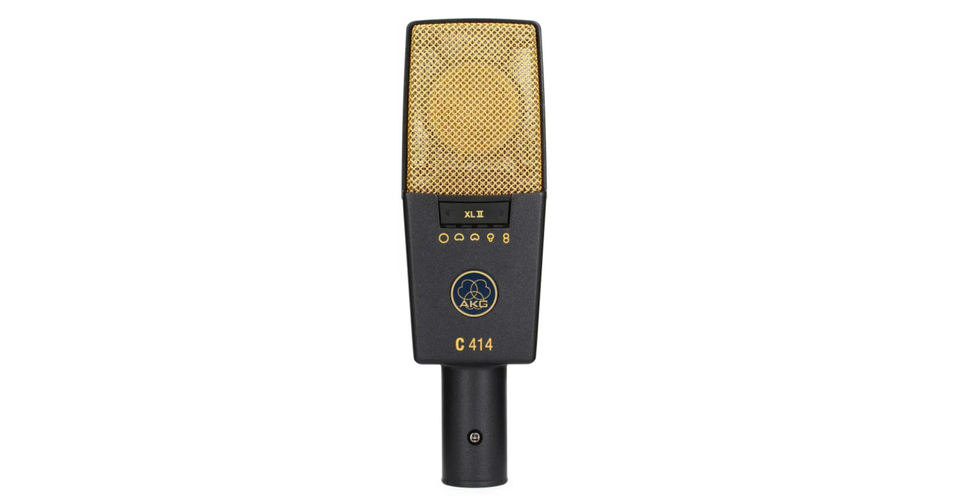
This multi-pattern condenser mic is a bona fide classic. It can handle nine different polar patterns, features three different bass-cut filters, and gives you an LED light to keep an eye on clipping.
$1,319 street
akg.com
Neumann U 87 Ai
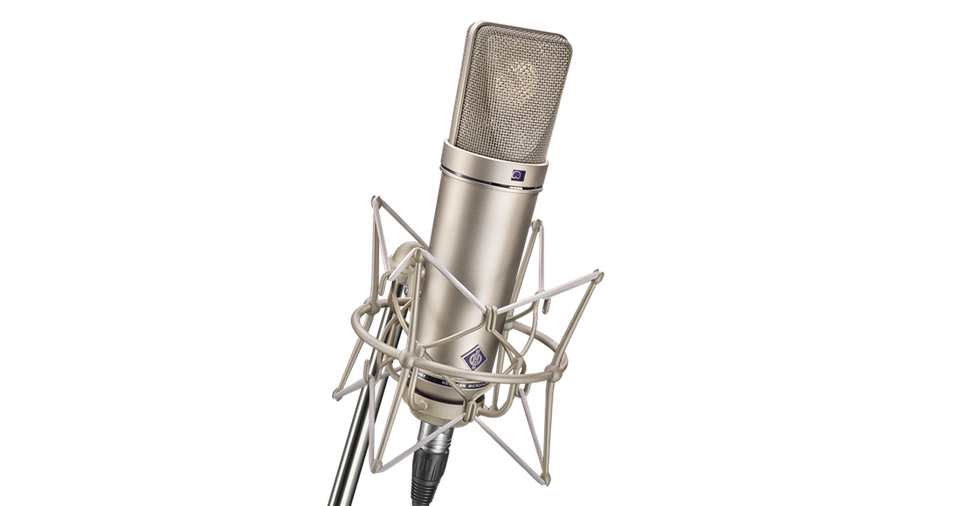
As one of the most legendary mics ever made, this new iteration has been updated with modern circuitry, switchable 10 dB pre-attenuation, and three directional characteristics.
$3,295 street
neumann.com
AEA N22
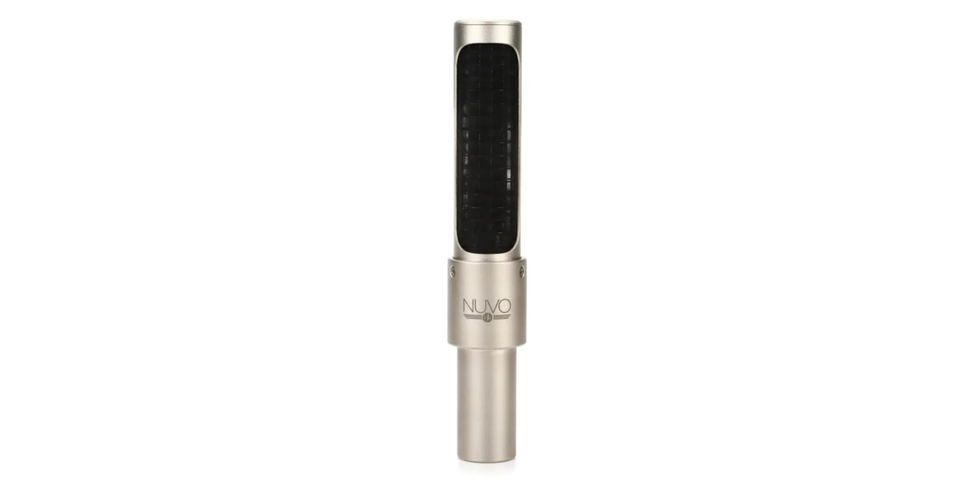
This active ribbon mic houses a custom-made German transformer, and a maximum SPL of 141 dB, so let those amps cook! It combines both vintage and modern elements in the RCA tradition.
$1,099 street
aearibbonmics.com
Royer R-121

The company’s flagship microphone might be the only mic to win a Grammy. The figure-8 pattern offers increased sensitivity, can handle very high SPLs, and gives equal response from either the front or back of the element.
$1,499 street
royerlabs.comom
Earthworks QTC50
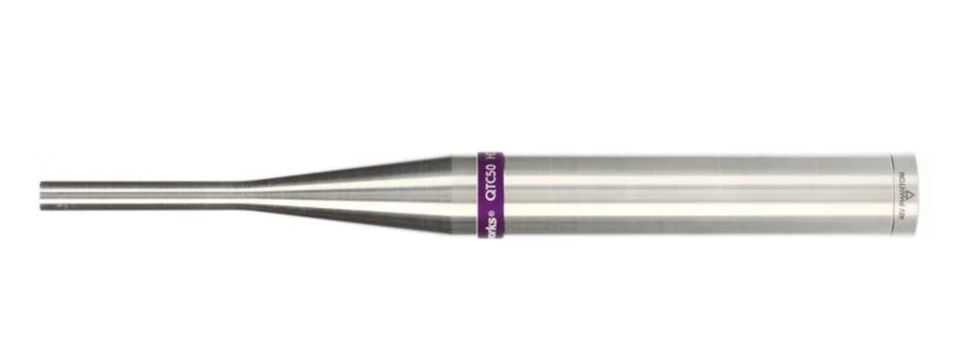
This omni-directional condenser mic has plenty of headroom to capture even the loudest of audio sources. QTC (Quiet Time Coherent) allows the mic to excel even at lower volumes with strings, vocals, and distant sound sources.
$1,399 streetearthworksaudio.com
Telefunken ELA M 260
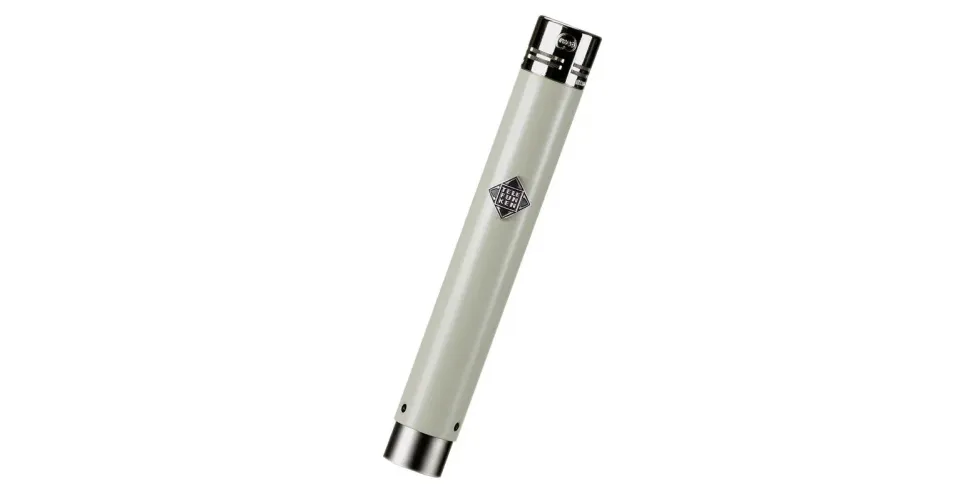
Originally released in the ’60s, this modern version features a new-old-stock EF732 vacuum tube along with a thread-on TK6x Series capsule that provides cardioid, hypercardioid, and omni polar patterns.
$1,295 street
telefunken-elektroakustik.com


